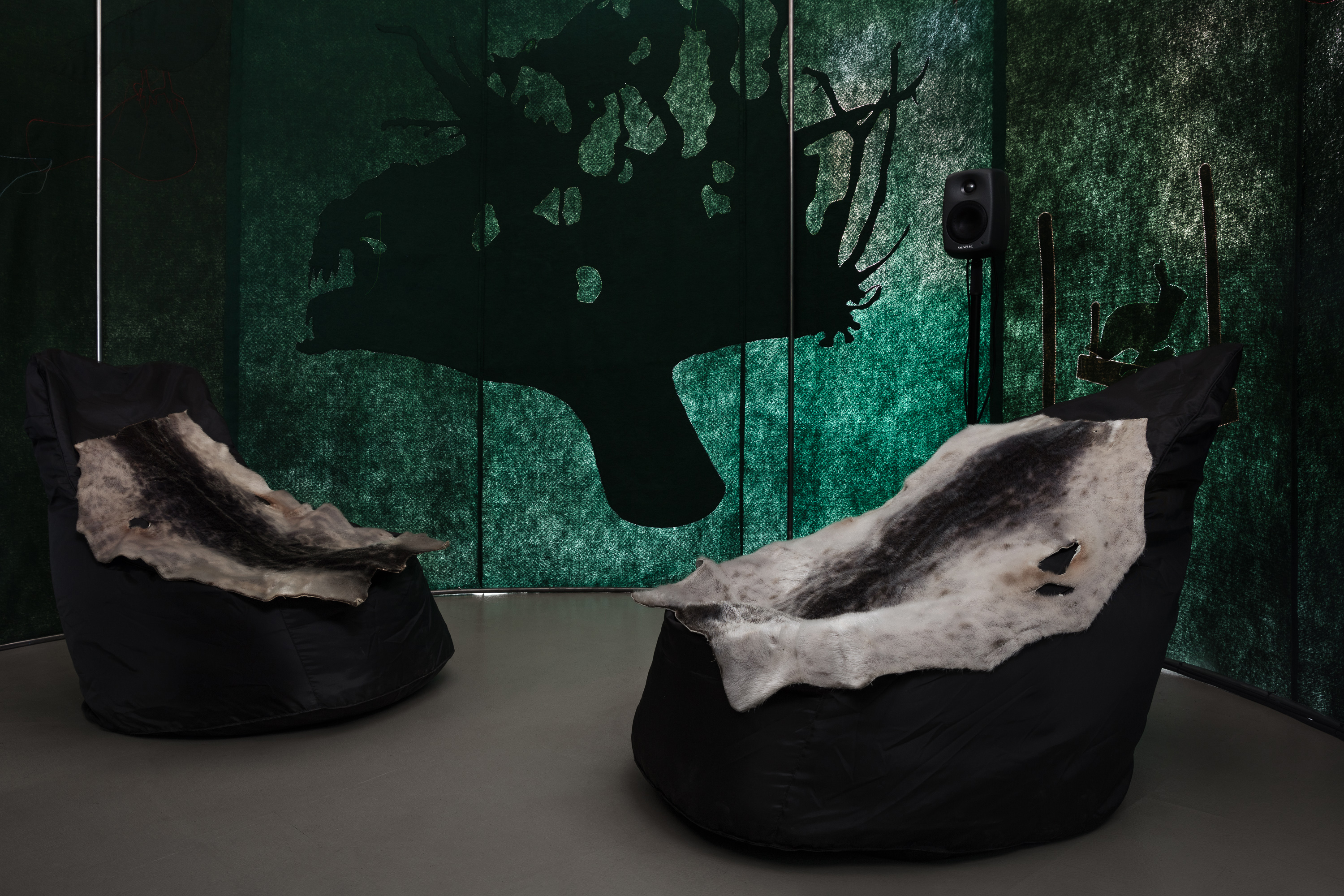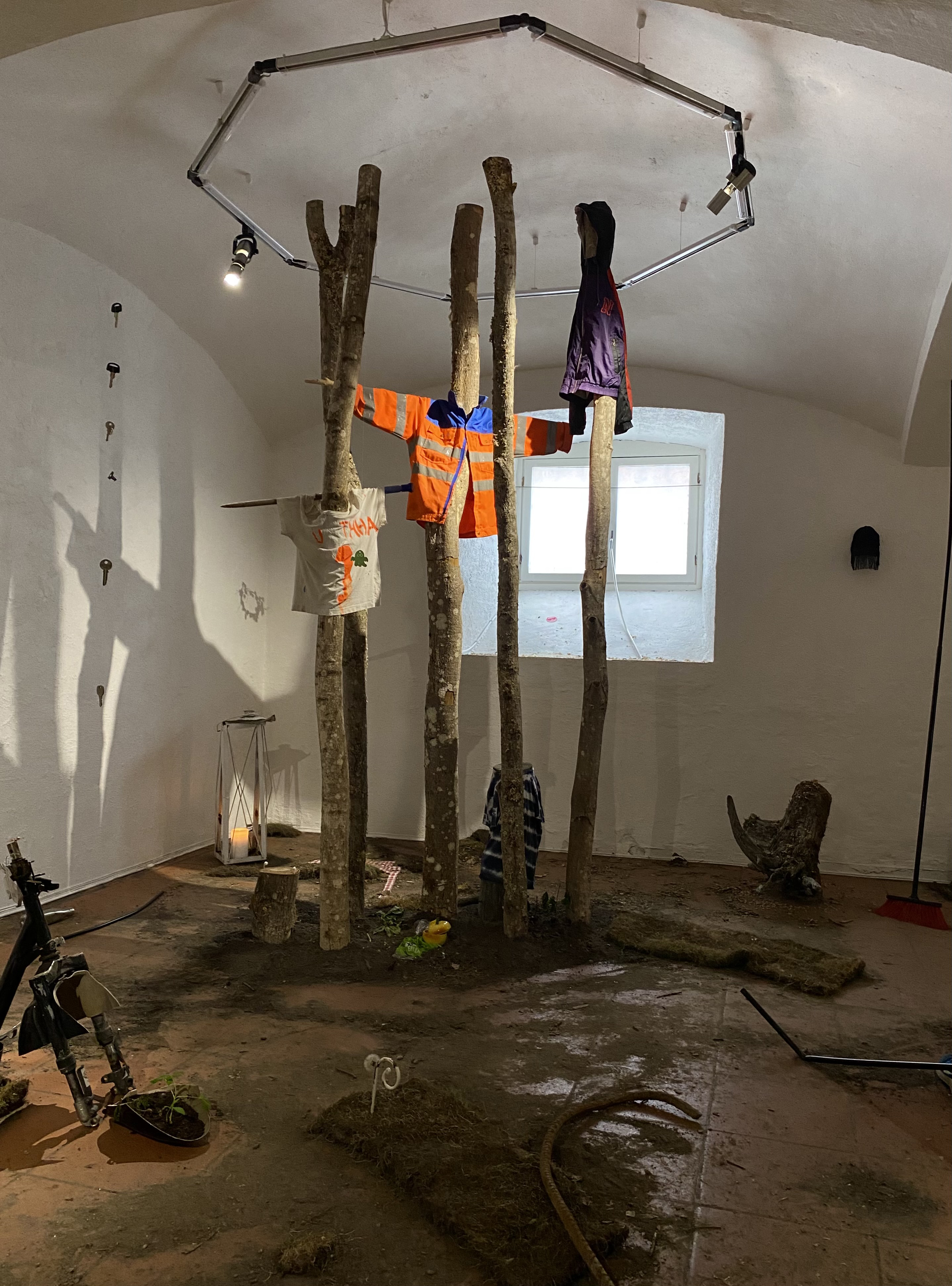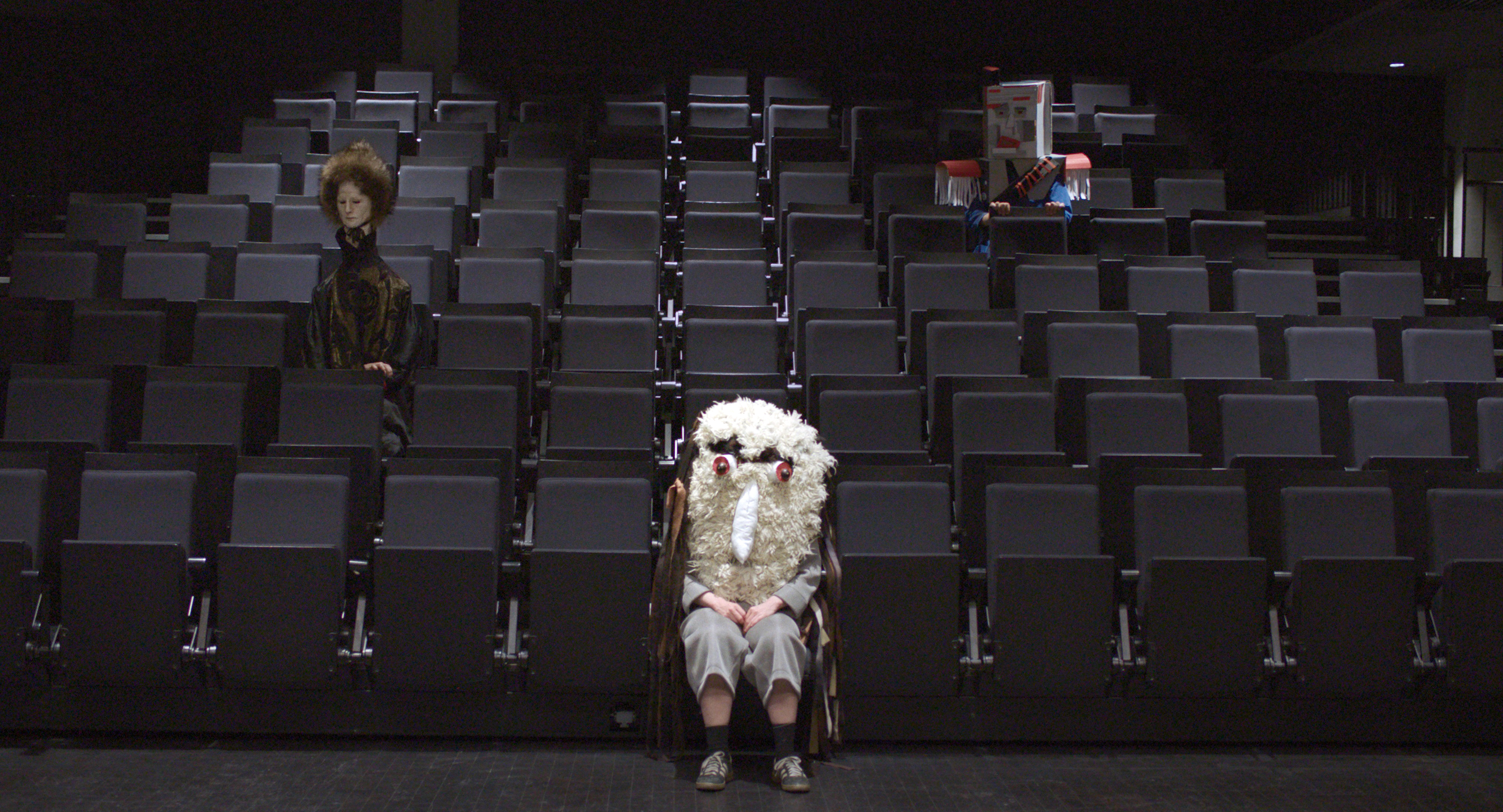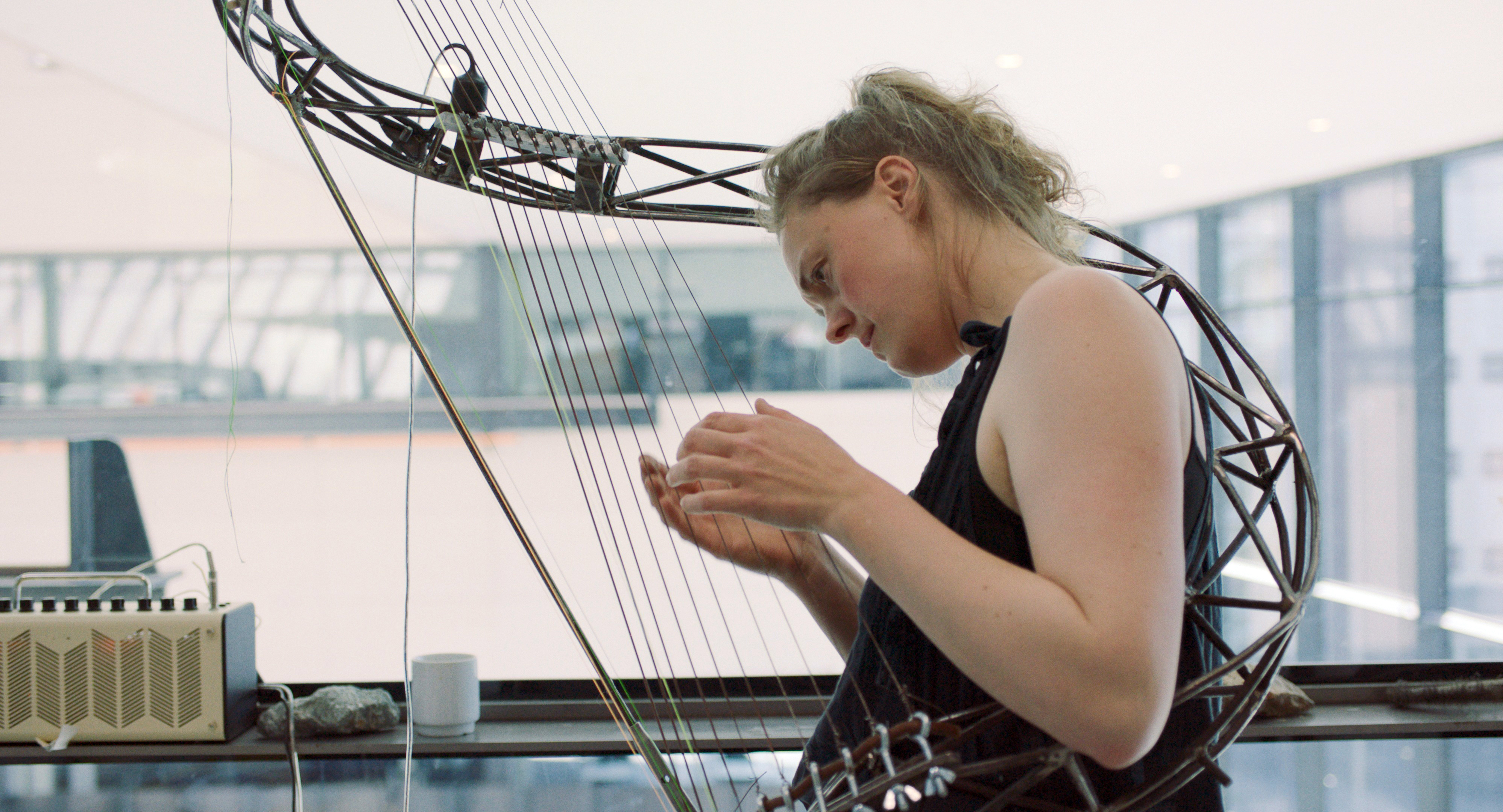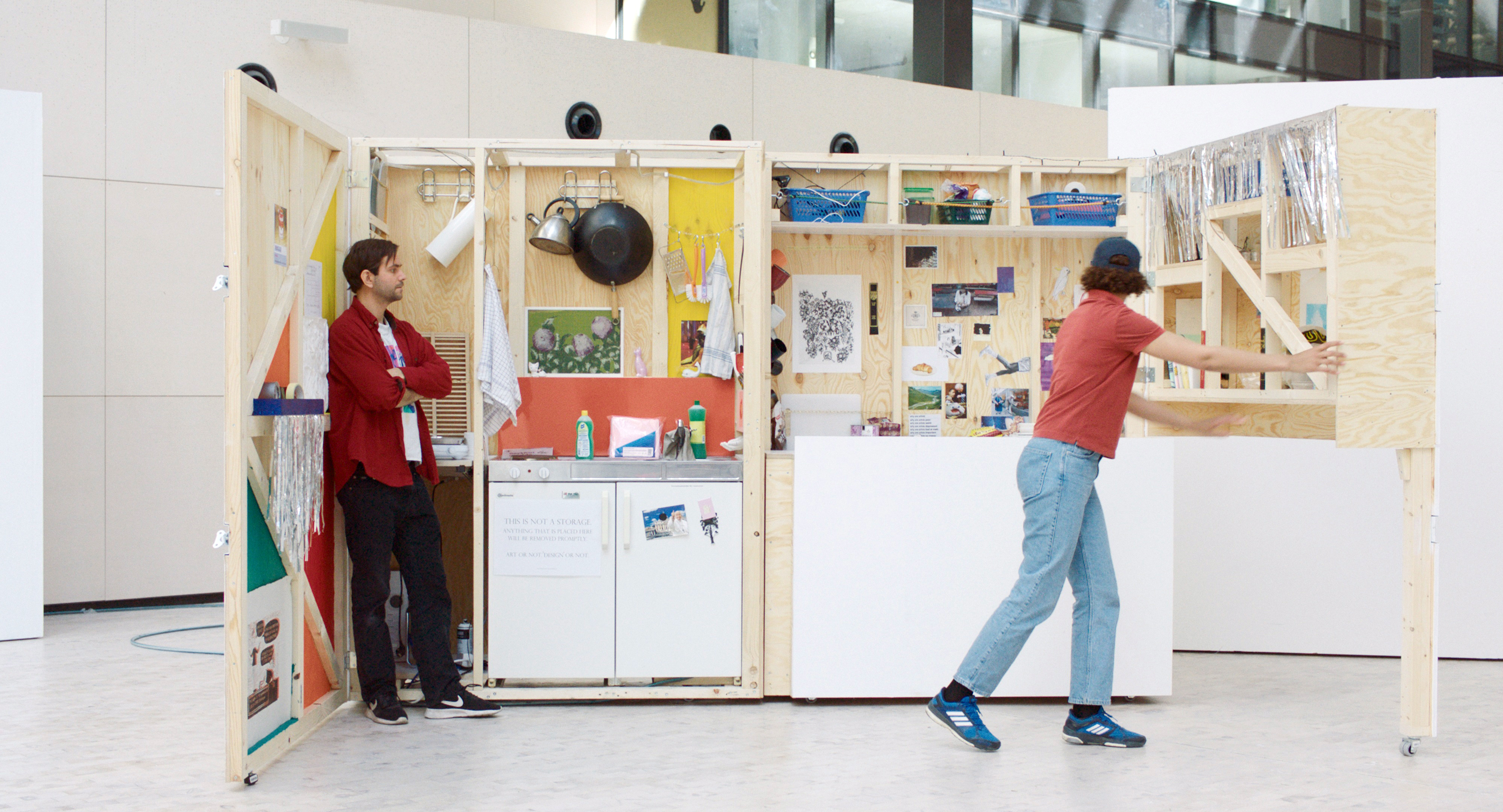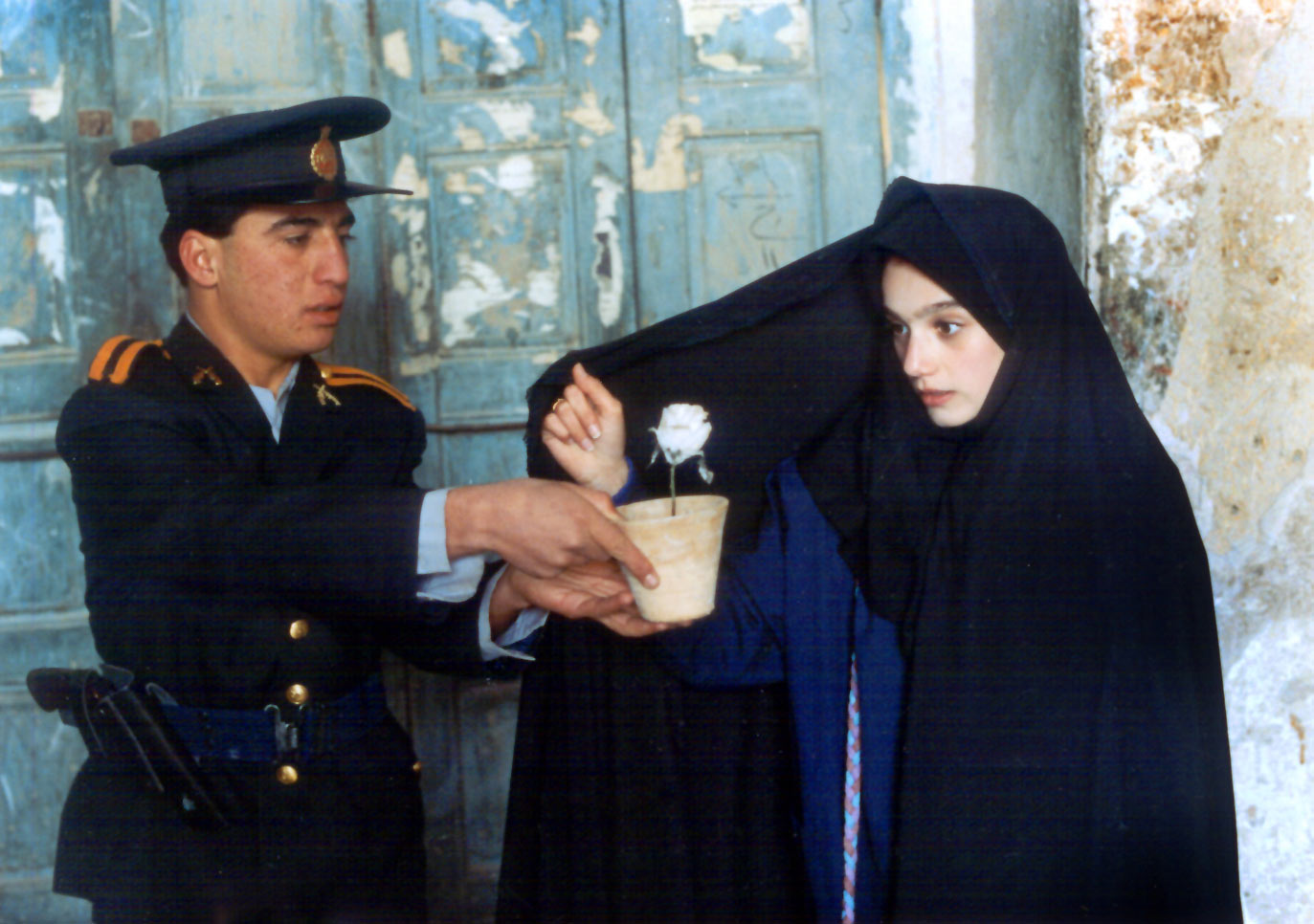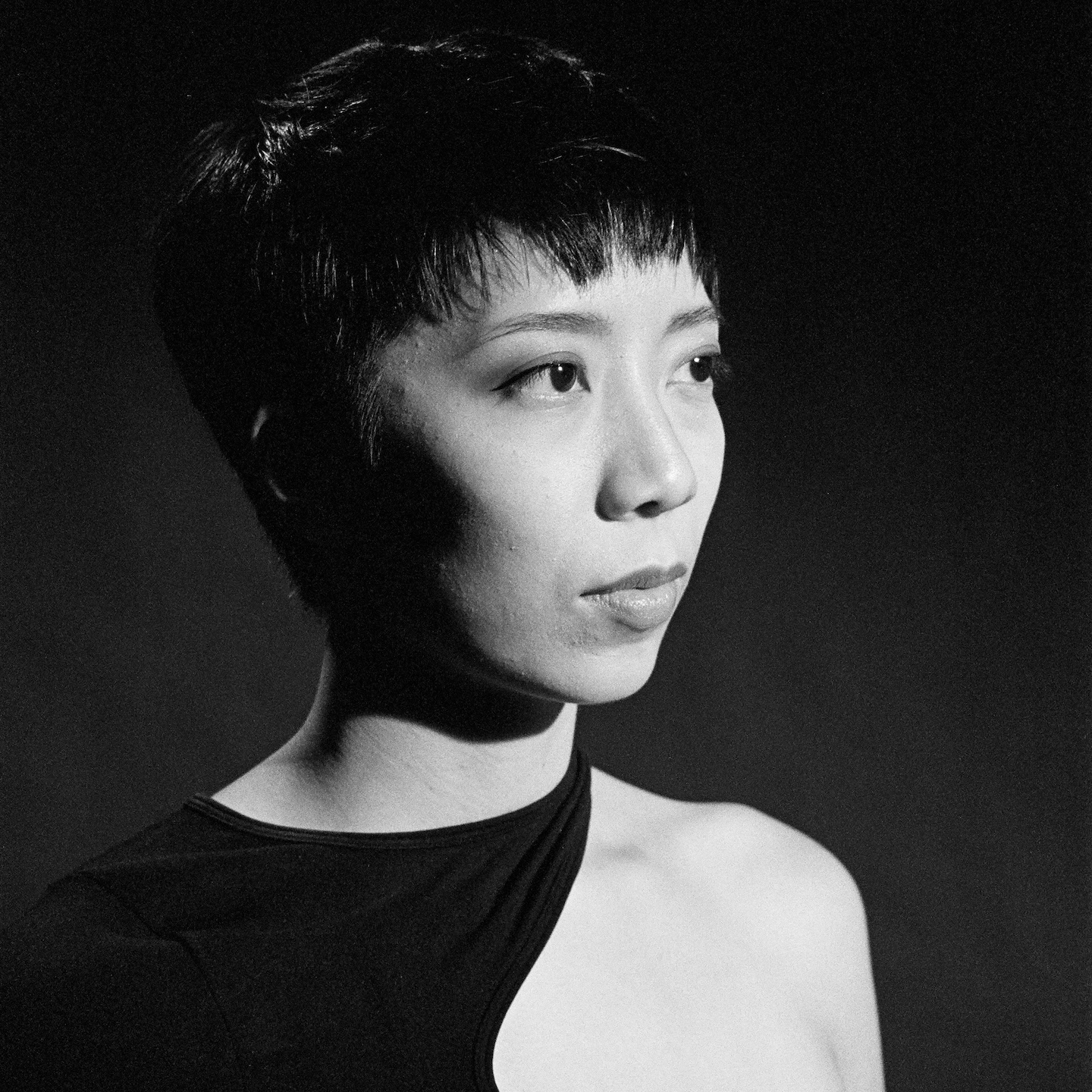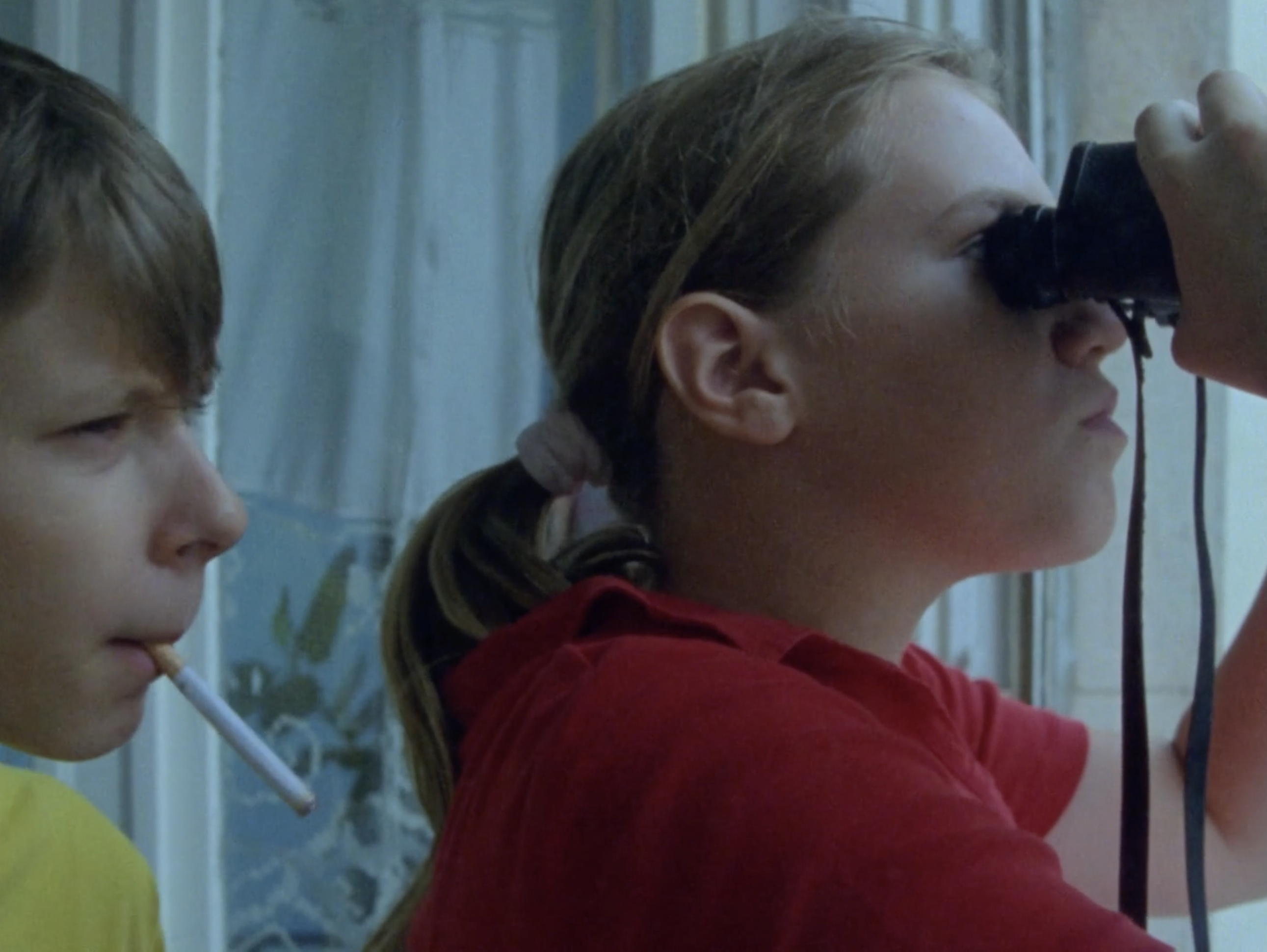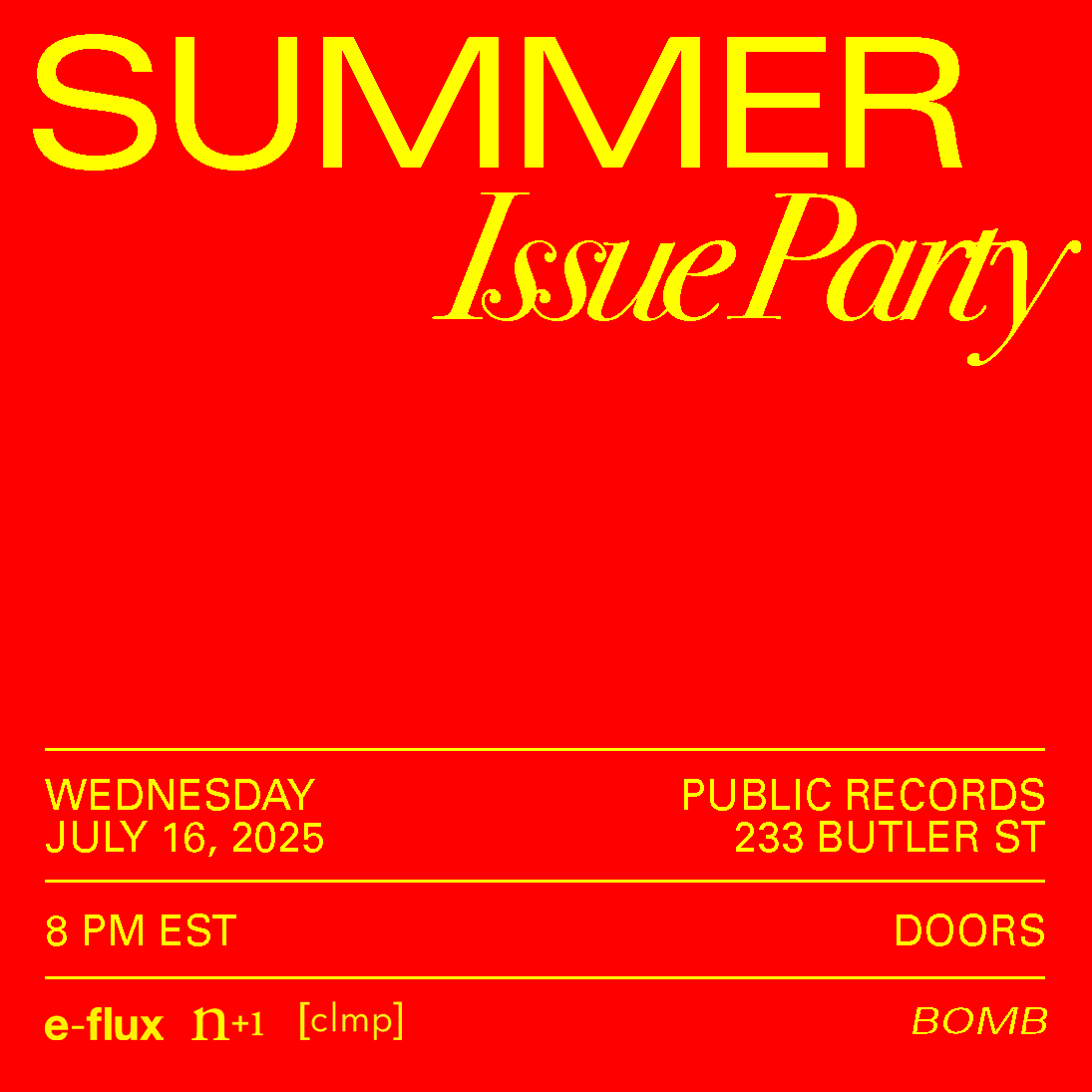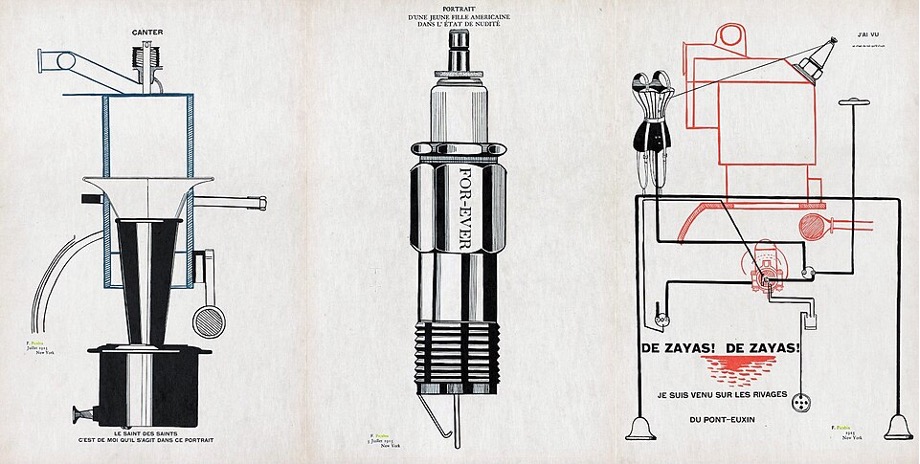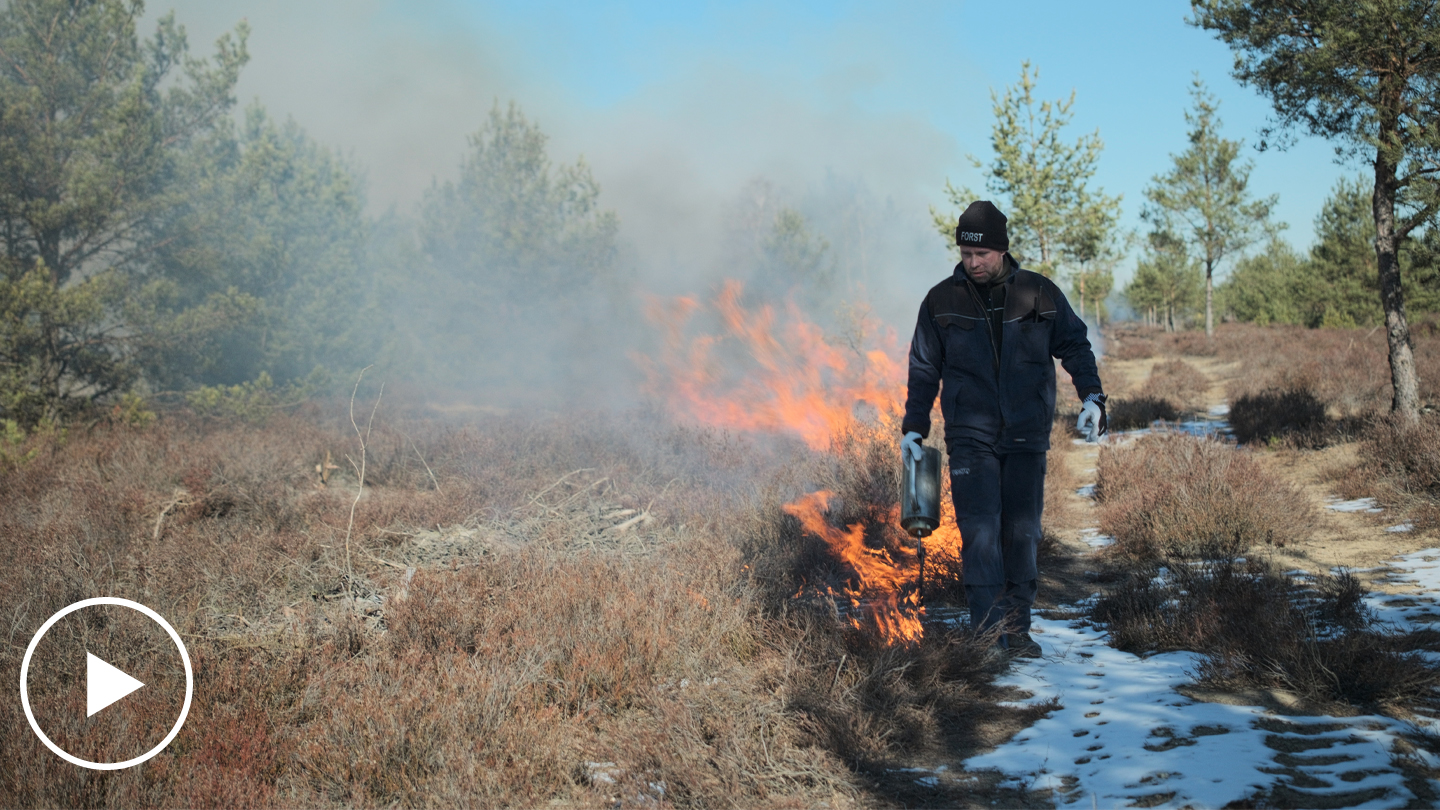1. Why did you decide to go into teaching?
I went into teaching right after my graduation, mainly because I considered it the best work I could get with my educational background. I started teaching at a preparatory school in Lofoten, in northern Norway, in 1999. I very soon realized how interesting I found the work and how much I learned from it.
2. What drew you to your school and what is your teaching philosophy?
I teach at the art academy in the city where I live, so it was natural for me to apply for a position there. The department of fine art at Oslo National Academy of the Arts has a great faculty, and I feel that we are still able to work fairly independently within the department and create an education that we believe in, with a great collaborative spirit among faculty members. My teaching is always about how I might facilitate understanding, energy, or courage in the student. Sometimes you need to push someone, other times to question them or ask them to calm down. In my view, it is better to know the student well to be able to actually help them. I strongly believe in a group critique format with a dedicated group of students who spend time with each other and feel safe within the group.
3. What theory and art history do you consider most essential for your students? What artist or artwork do you refer to most often?
This changes a lot, depending on the students. Recently, theory naturally connected to post-humanism and the Anthropocene, along with post- and decolonial studies and gender studies and feminism. But I refer to a vast number of artists, writers, musicians, and theoreticians. I try very hard to see what references students can actually make use of. Often, they get loads references based on what their art looks like, but I don’t think this is especially useful. Instead, it is important for there to be something in the references students are given that reflects the problems or challenges they face. I try not to give too many references, as I have observed that they often write them down but don’t really follow up or understand how to use them. Rather than listing their references mechanically when asked, students should try to develop an engaged relationship with them.
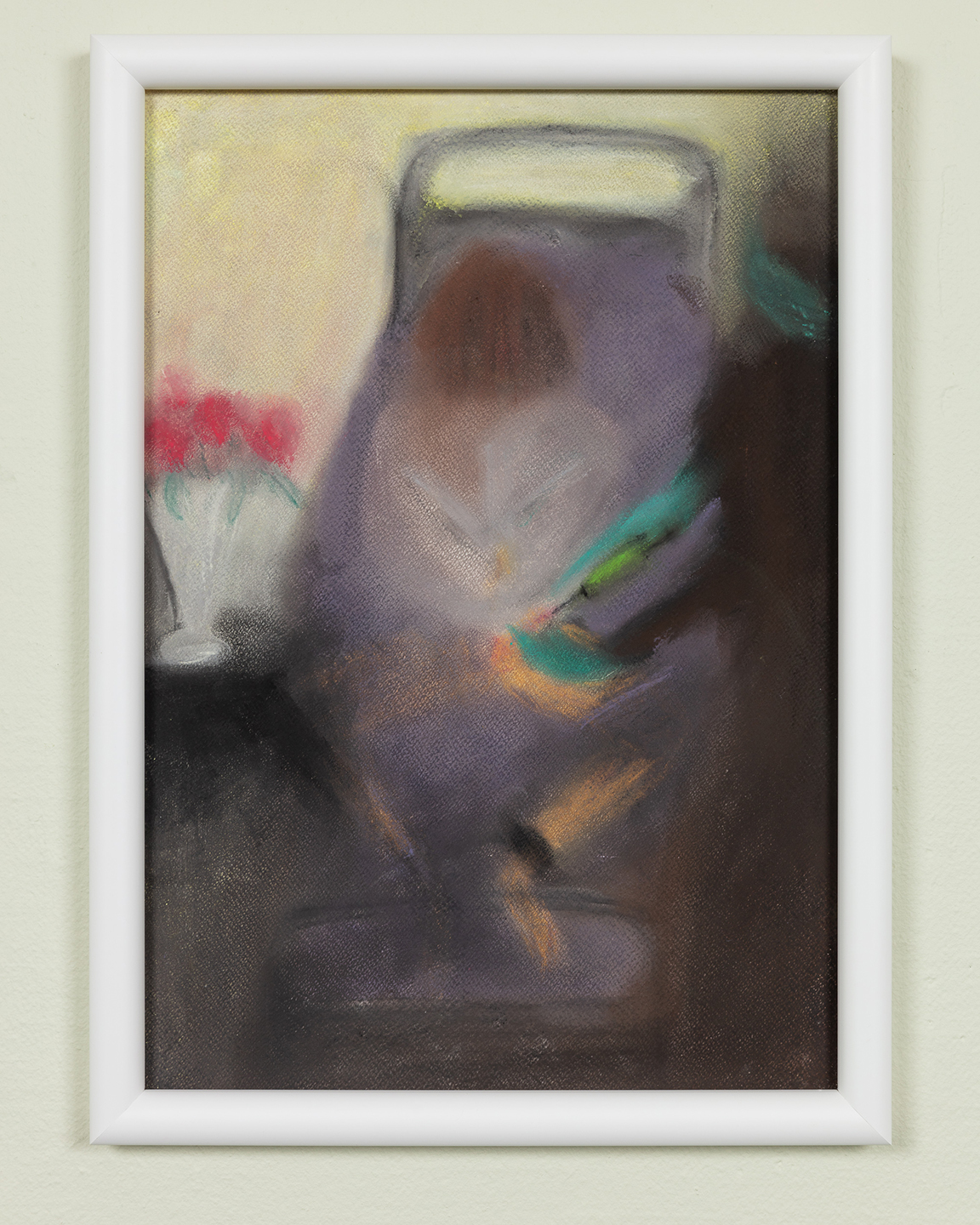
Kier Cooke Sandvik, Surged (detail), 2021. Photo: KUNSTDOK.
4. How do you navigate generational or cultural differences between you and your students?
This is always a challenge for supervisors, and it is of course essential for a faculty to have representatives of various ages, cultures, and backgrounds. In my teaching, I try to listen and to see the students and not to judge too quickly. I stress the fact that the art field needs more diverse voices. I have had several students with various backgrounds who felt alienated from the art school culture. So, I try to emphasize the fact that different and diverse backgrounds are a huge benefit for the school, and we are working increasingly seriously with recruitment procedures to create a more diverse school. I am also looking into the possibility of a free evening school for possible applicants, since Norwegian art education is still based on private preparatory schools that cost money and exclude interesting positions.
5. What changes would you like to see in art education?
An important change would be more true diversity, especially class diversity, since my impression is that working-class perspectives are lacking the most. As mentioned above, it is important to look critically at what type of students are actually able to enter such an education without security or a guarantee of earning your living after graduation.
Moreover, I have, through a recent project, looked closer at how Nordic art education has changed the last ten to twenty years. I fear that we are entering into a more standardized, bureaucratized, and commercialized type of education. In the Nordic countries, the turn toward more governmental and privatized control of students and teachers has been severe. I wish we could keep some of the best ideals of a free and emancipatory education while at the same time get rid of traditional and outdated ideas about the solitary artist-genius.
6. What is your educational background? Did you arrive at art from another field?
I was trained as an artist.
7. How have recent cultural movements and activism informed your curriculum?
Most of my time is spent in tutorials and group crits. Within these formats, I have become much more aware of the necessity of discussing questions of marginalization, oppression, and representation, as well as of going into open but demanding discussions about freedom of speech. In addition, I have taught one or two courses each year, and these are always different. My last course was called “Ghost in the Machine” and was a study of the possibility of student-run art education.
8. How much structure or independence do students have in your courses?
I am actually very strict about attendance and the need for students to participate, be on time, and contribute to the groups they are in. Apart from this, I think they have a lot of freedom. In my last course about alternative art educational models, they decided to take over the course and more or less rejected my course plan, which was fine since it was about self-organization.
9. How does the program connect students to the surrounding art scene? How do they learn outside the classroom?
Our students are tremendously active on the local art scene. I think there are now about fifteen different spaces run by students or alumni in Oslo, along with digital projects, discursive projects, magazines, radio, and so on. Oslo has a strong tradition of artist-run spaces, maybe because there are so few commercial galleries. In the Academy of Fine Art, we recently changed the second-year MA graduation process from a group exhibition to solo presentations, of which at least half took place at art spaces outside of the academy.
10. What advice do you give to your students as they leave school and enter the field?
Try not to worry. Work hard. Show solidarity with your peers and contribute to the art community.

